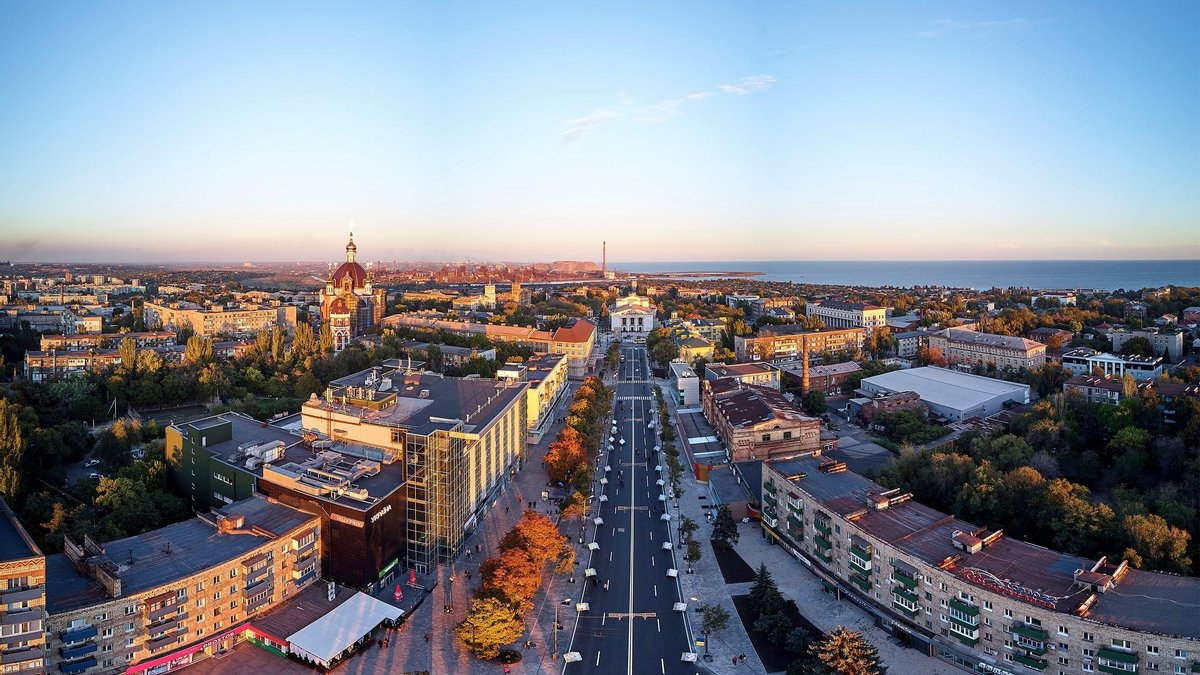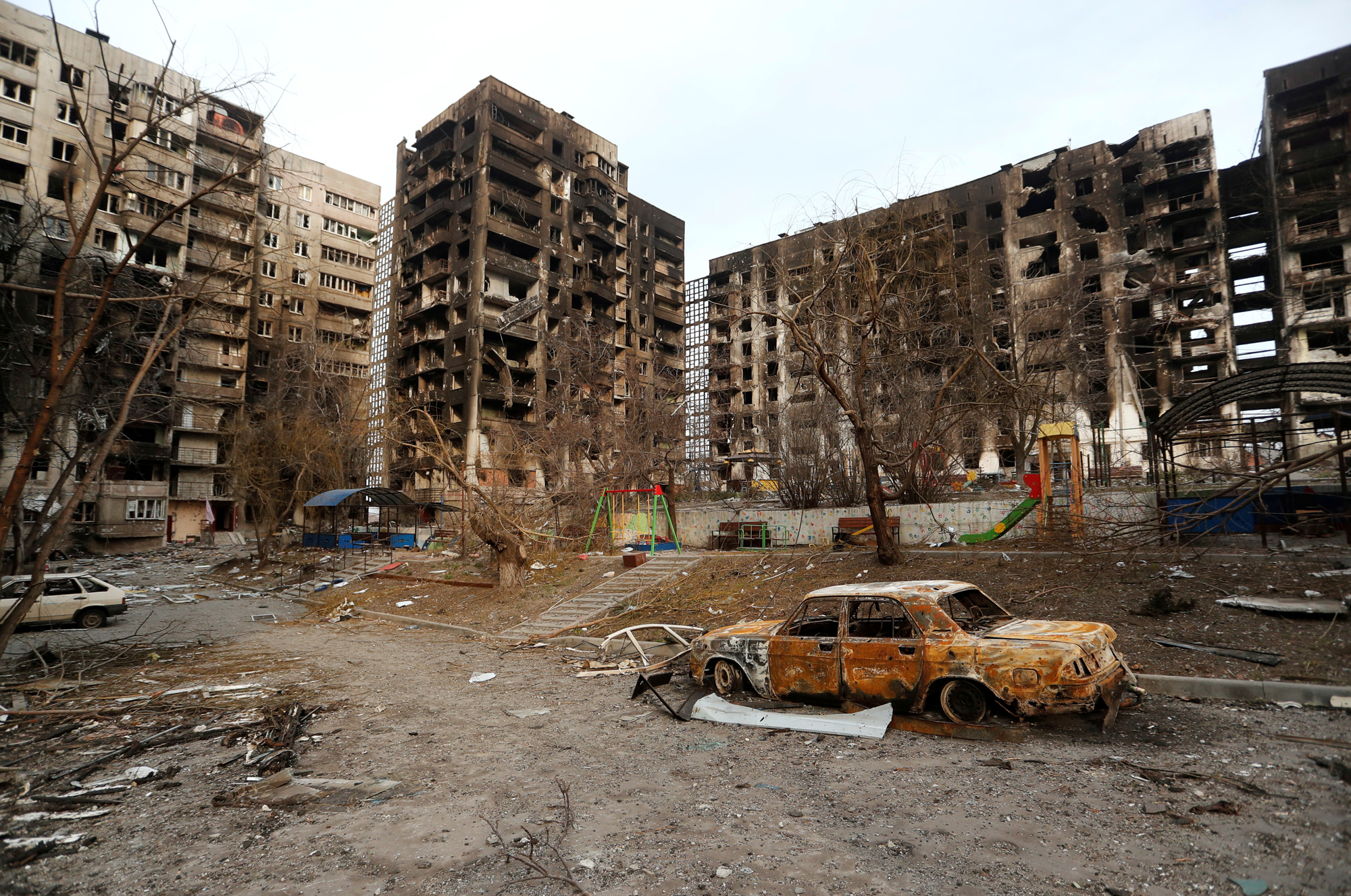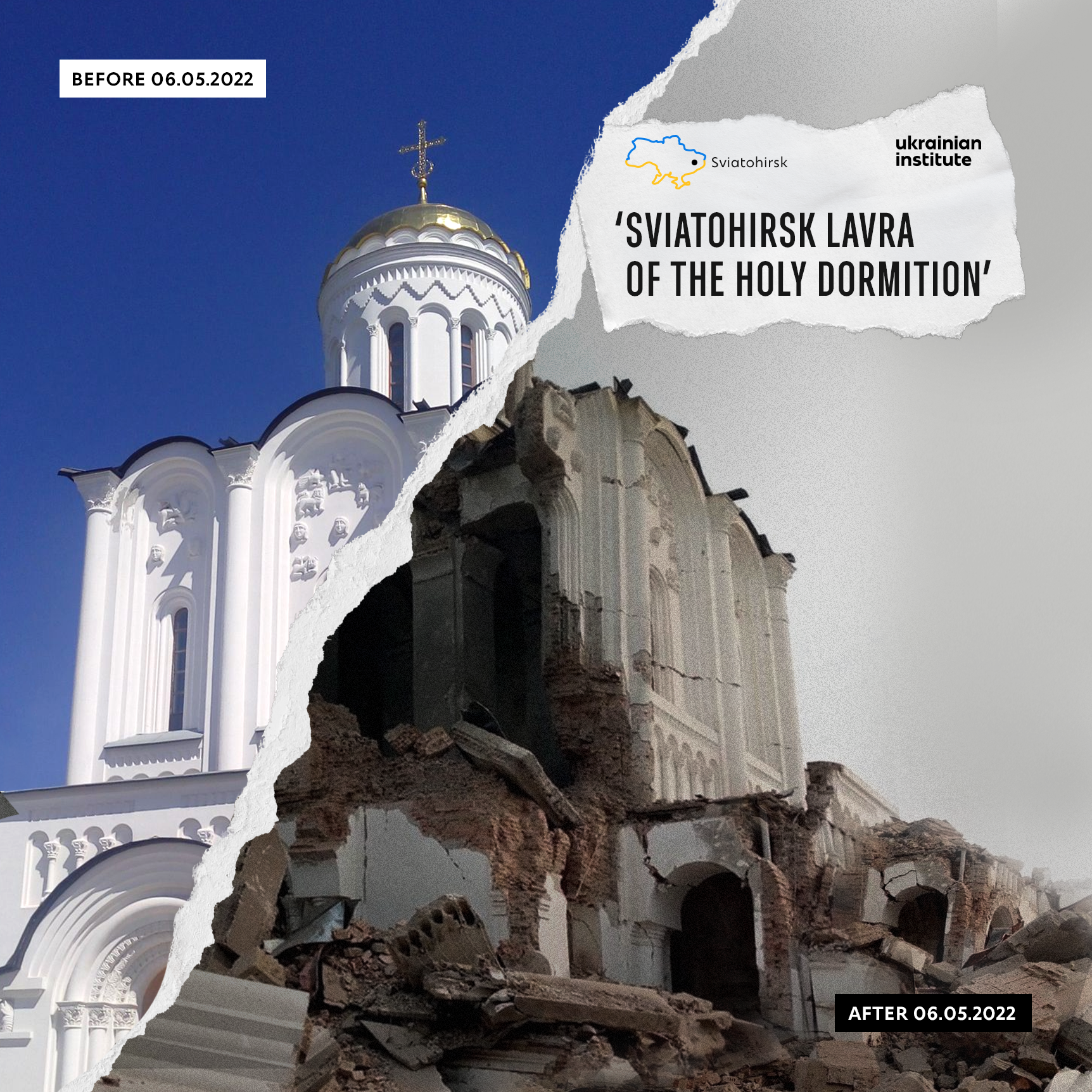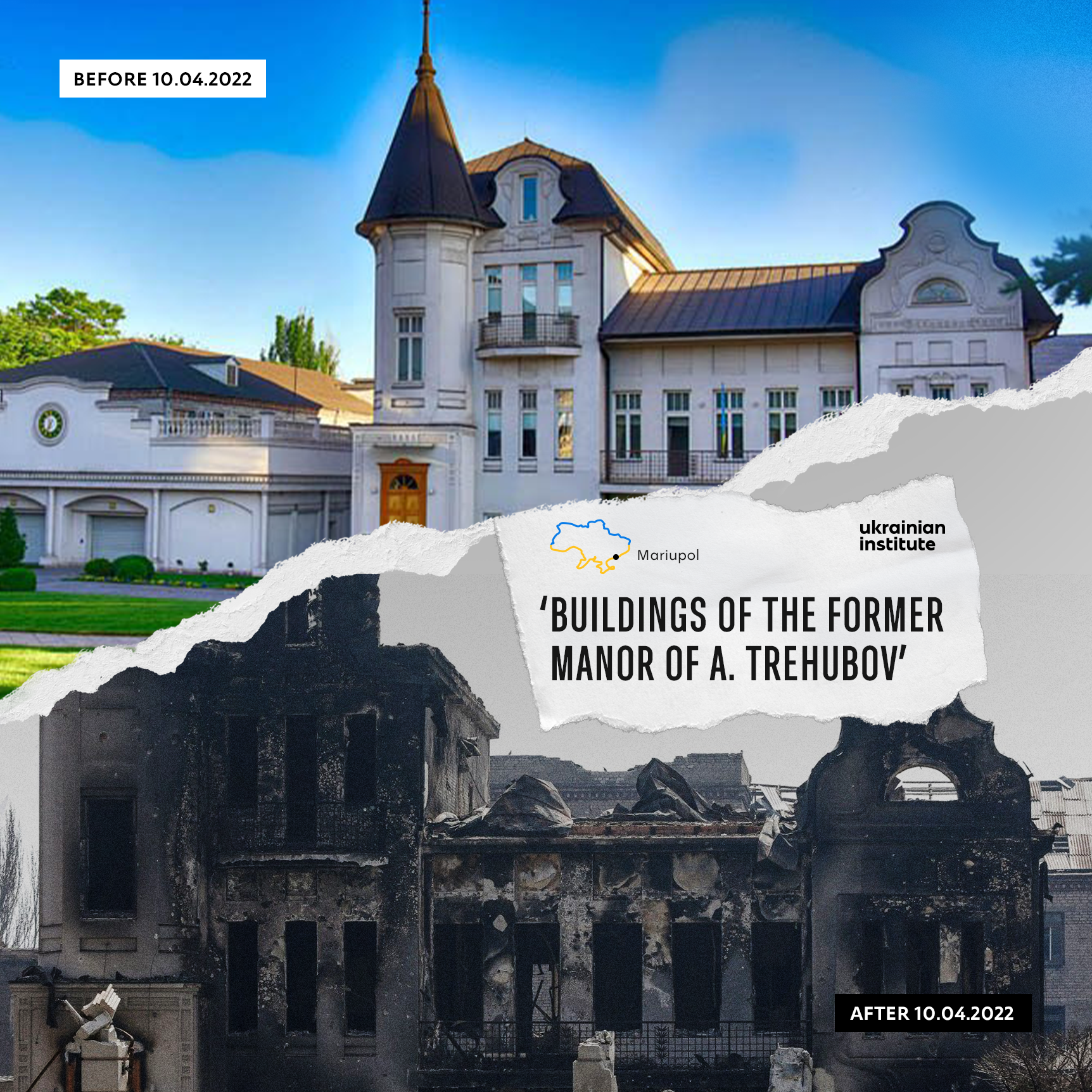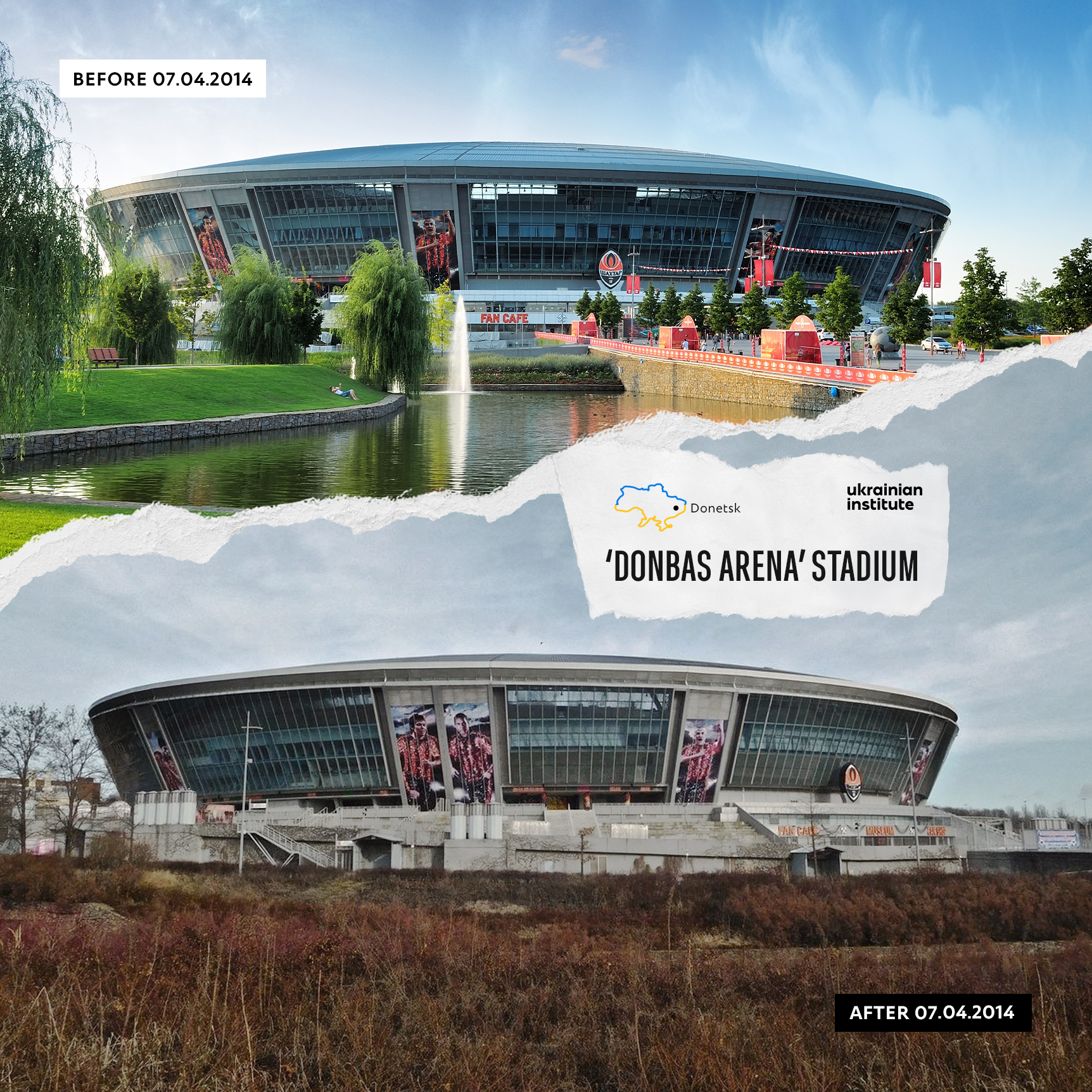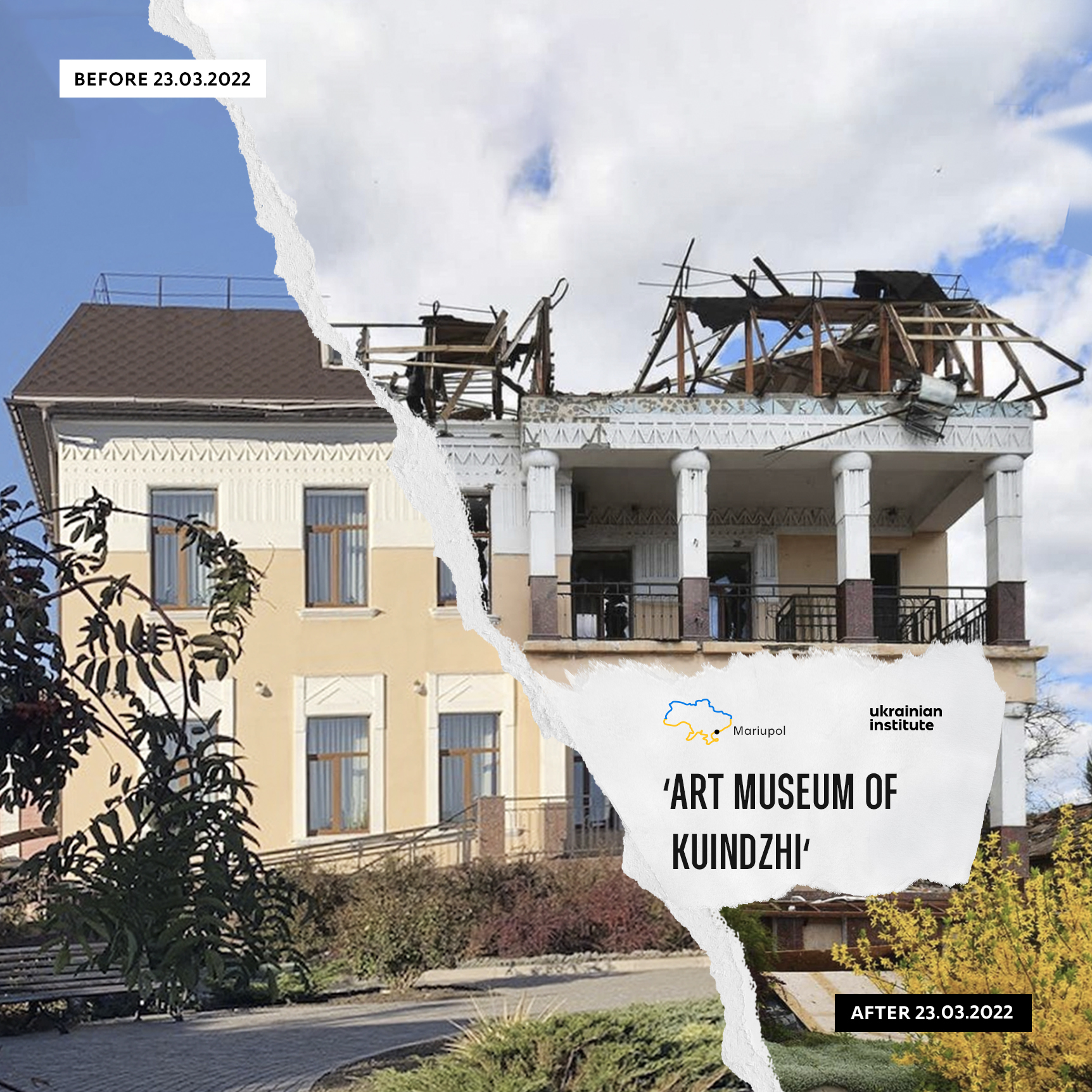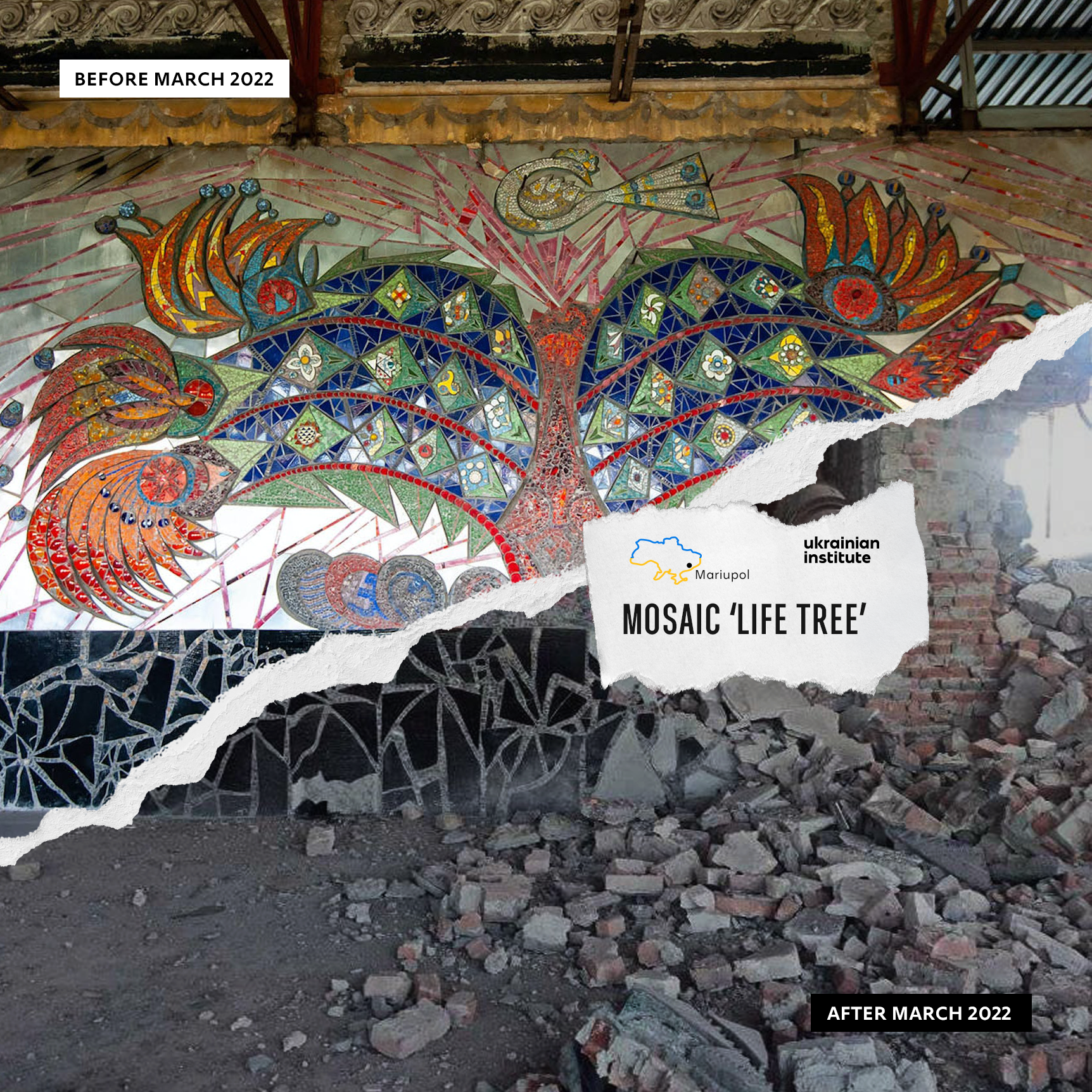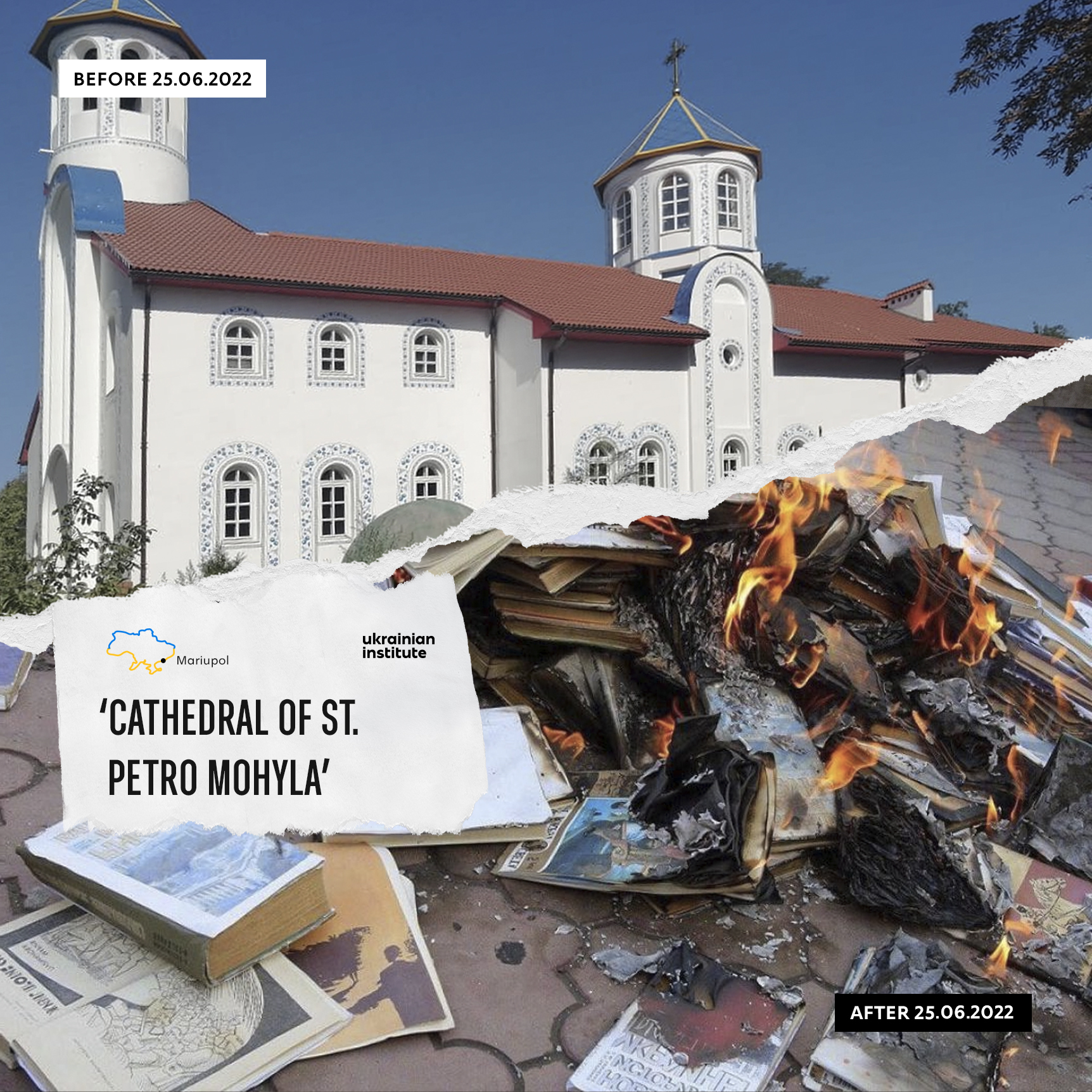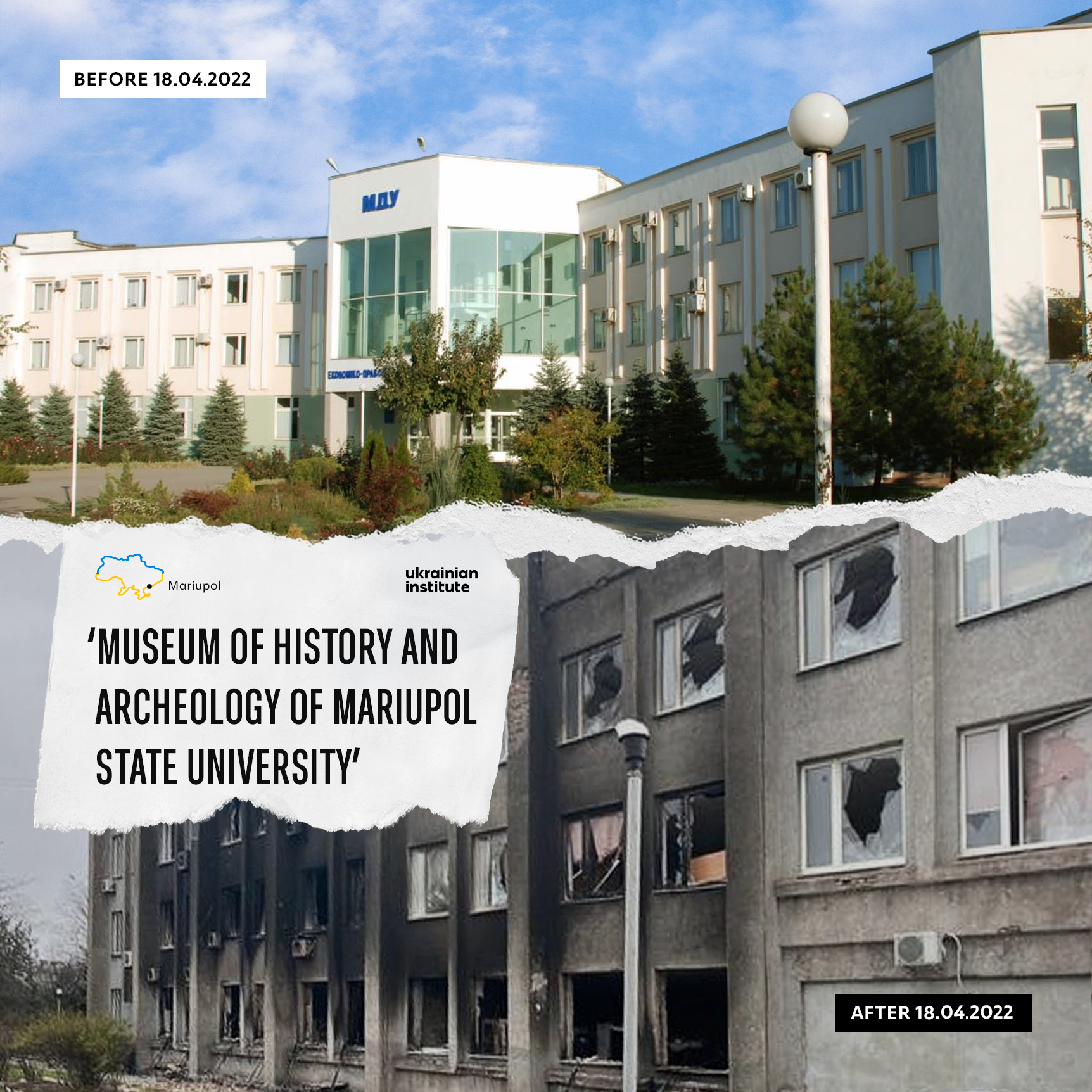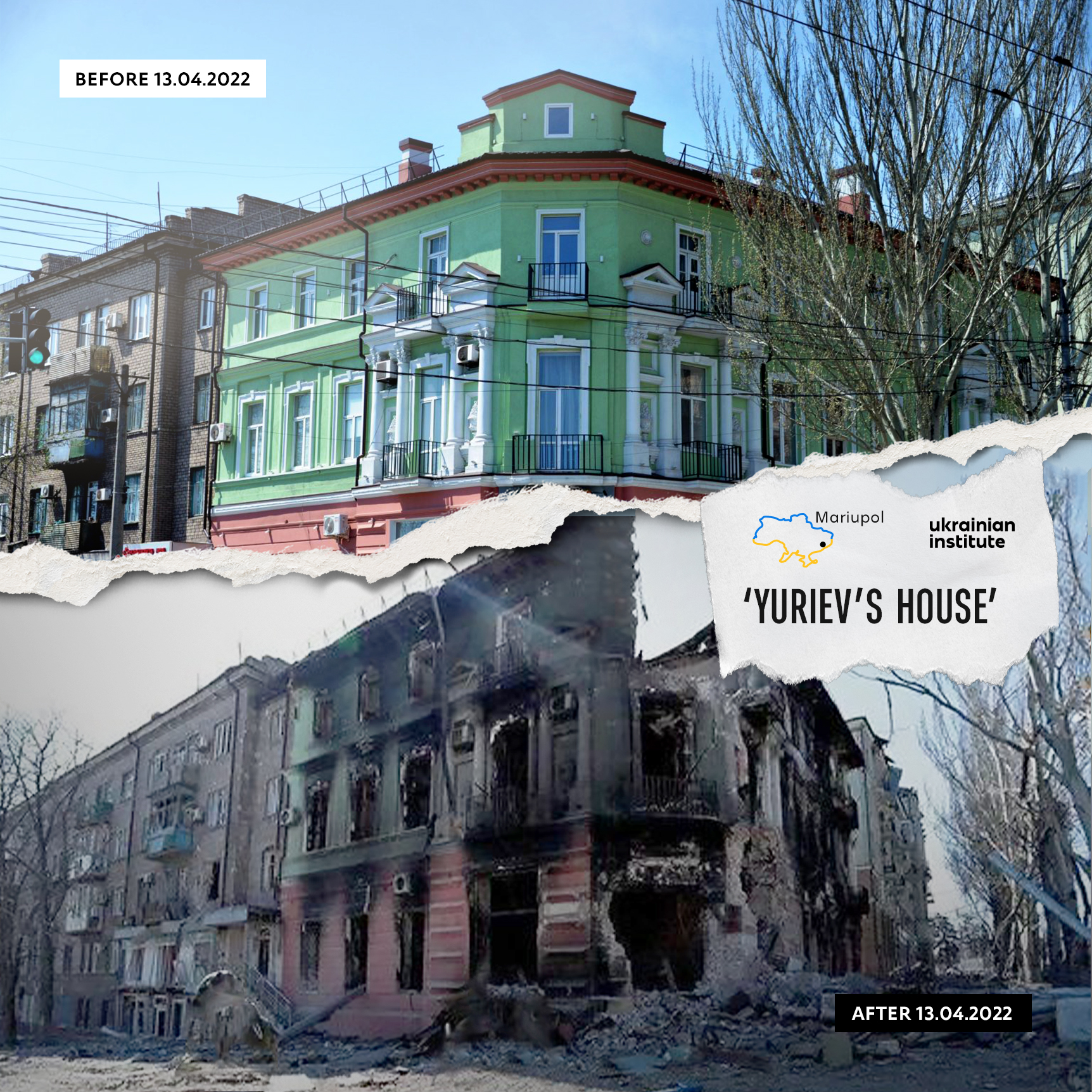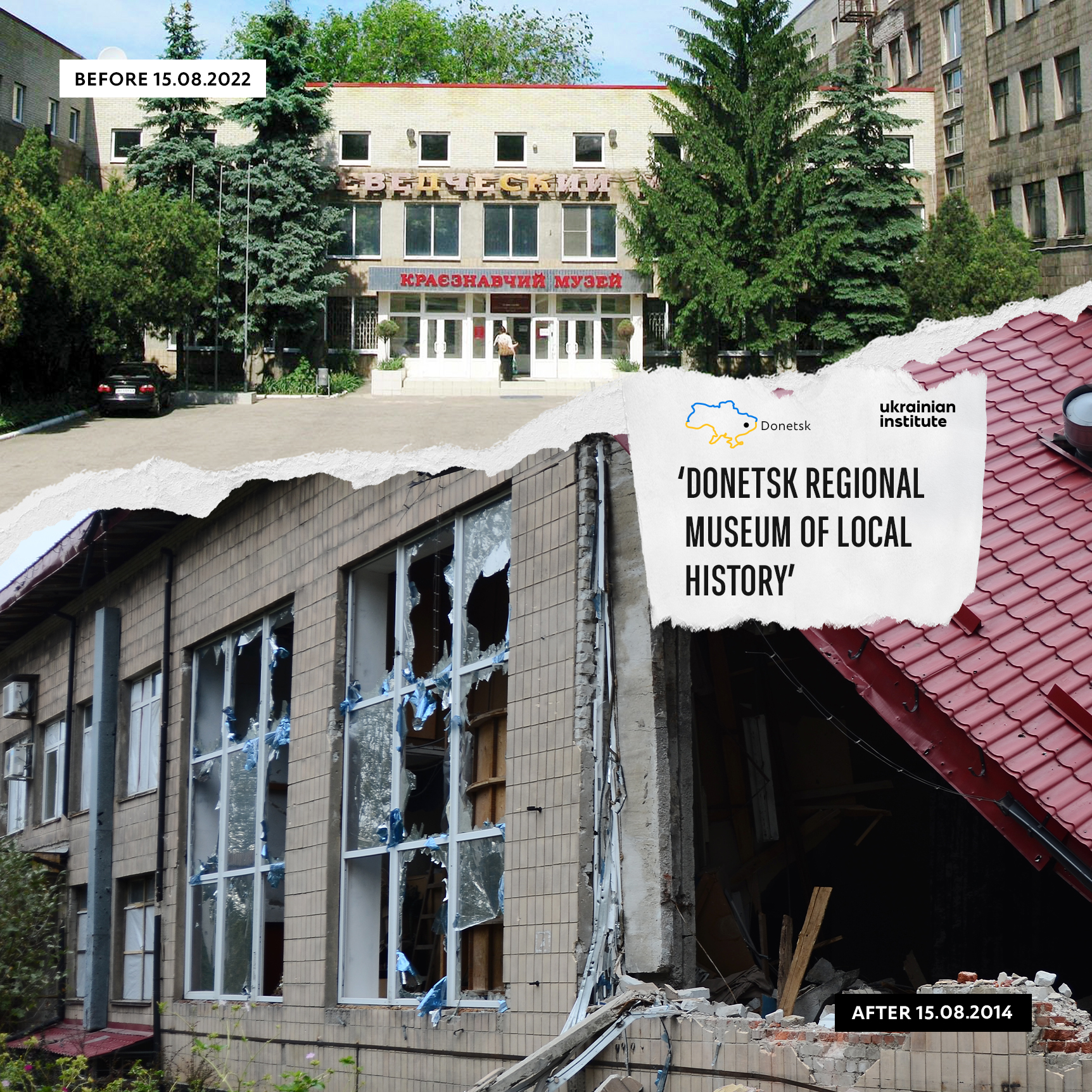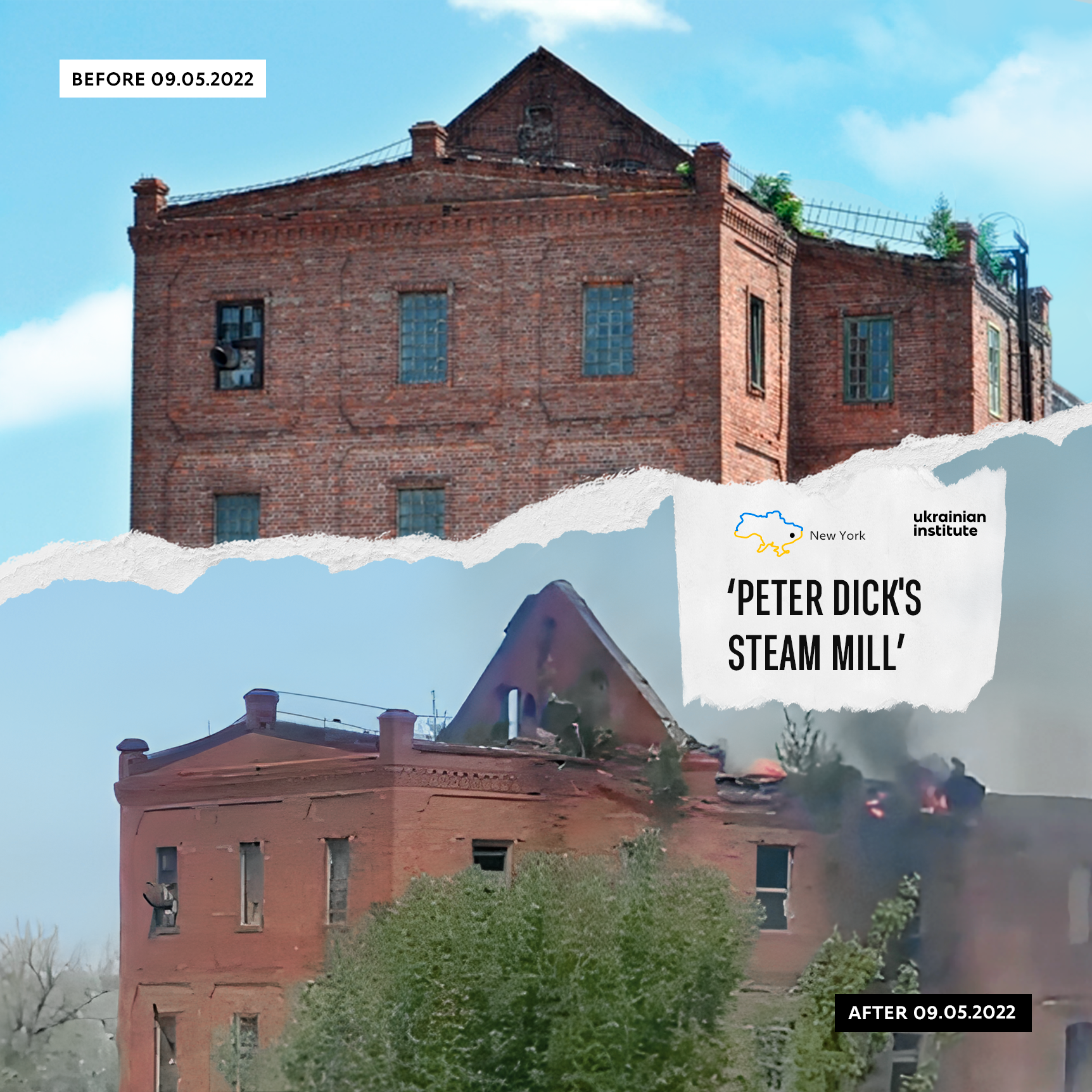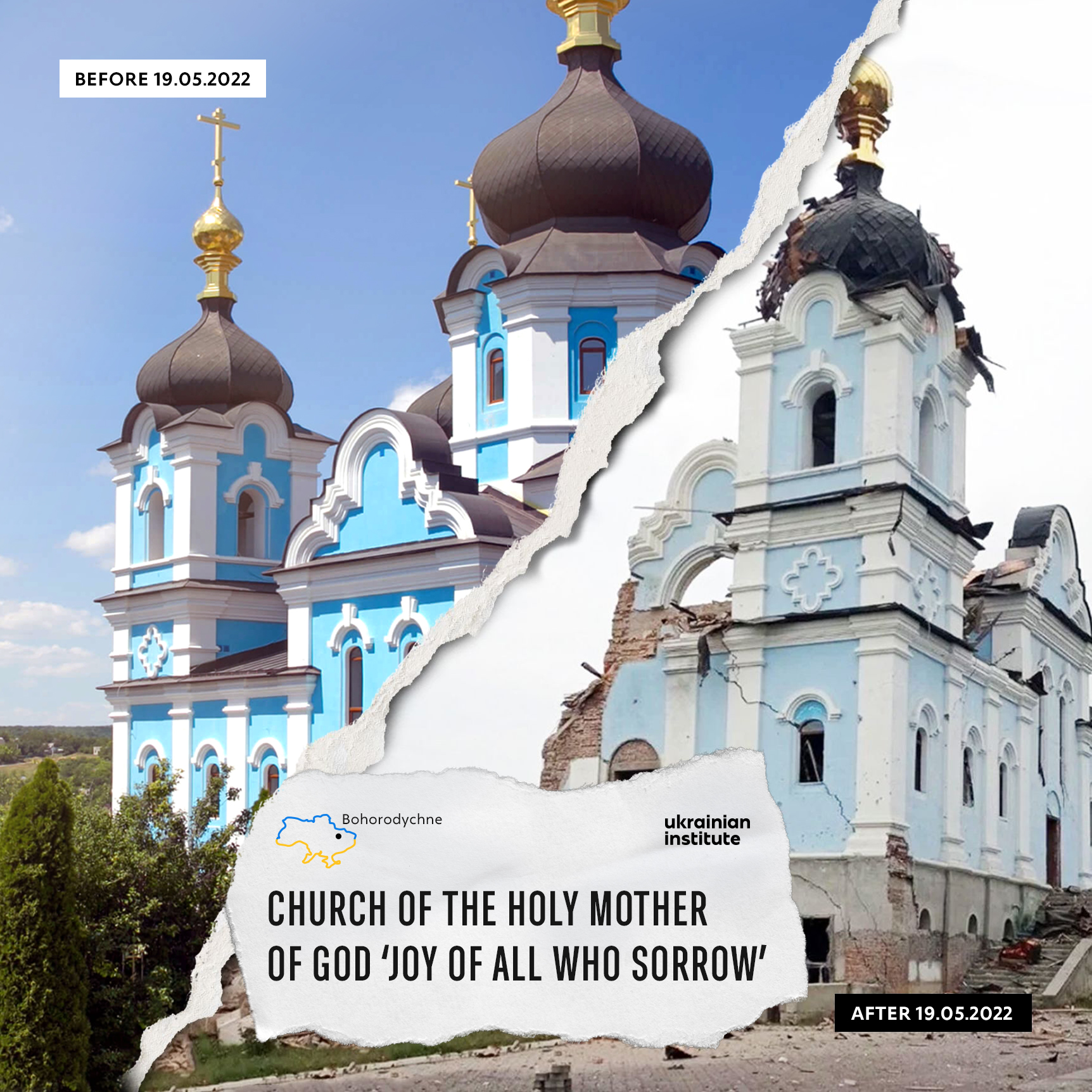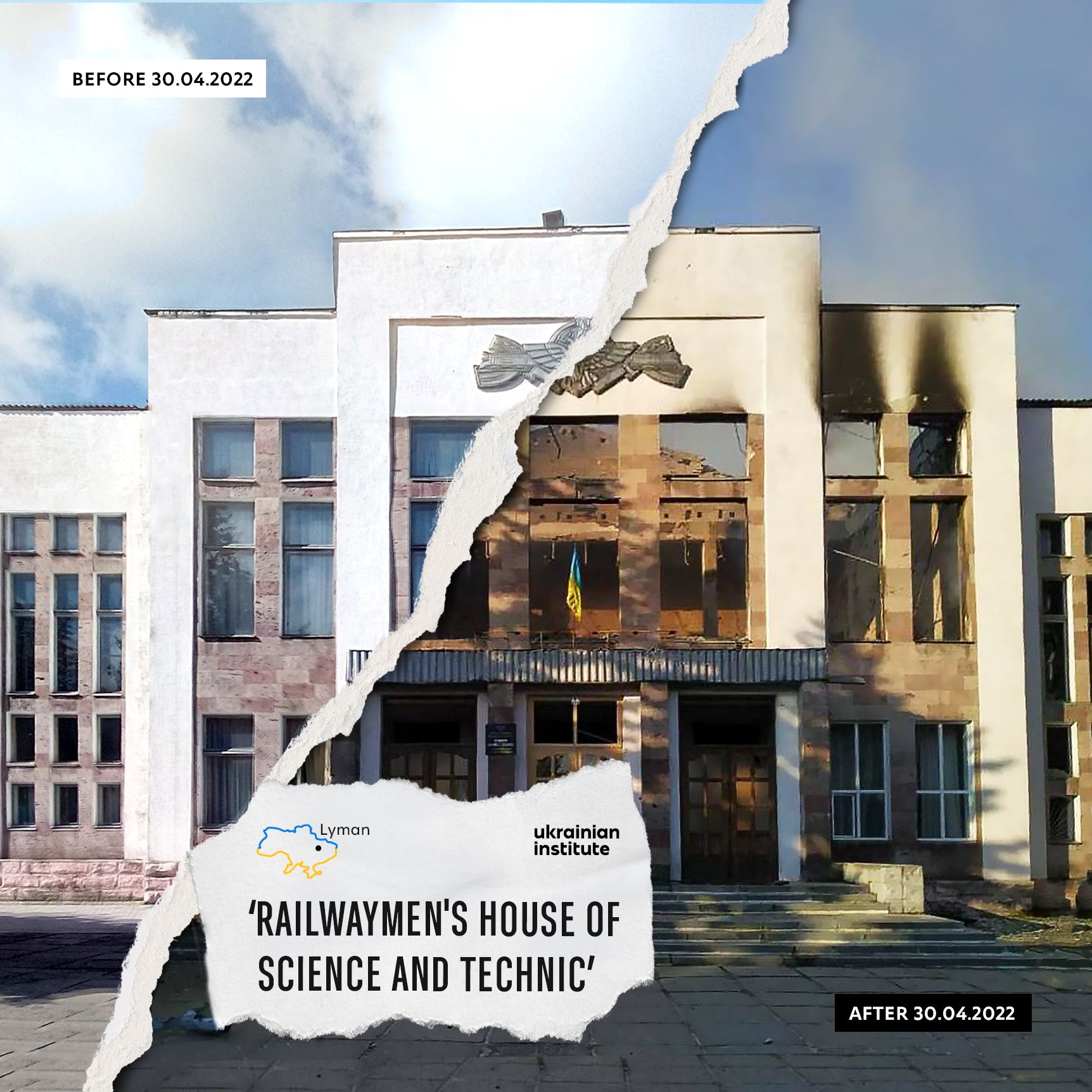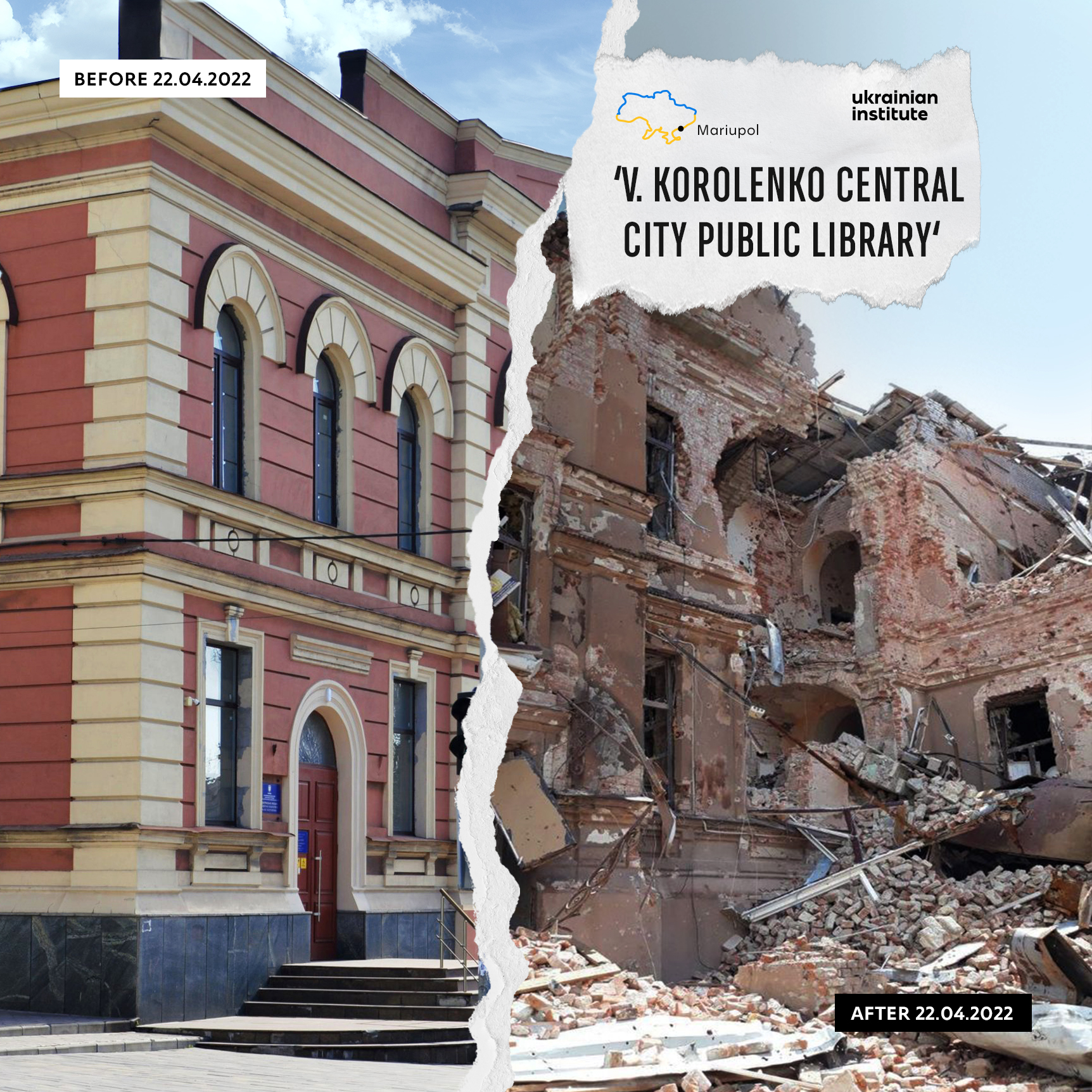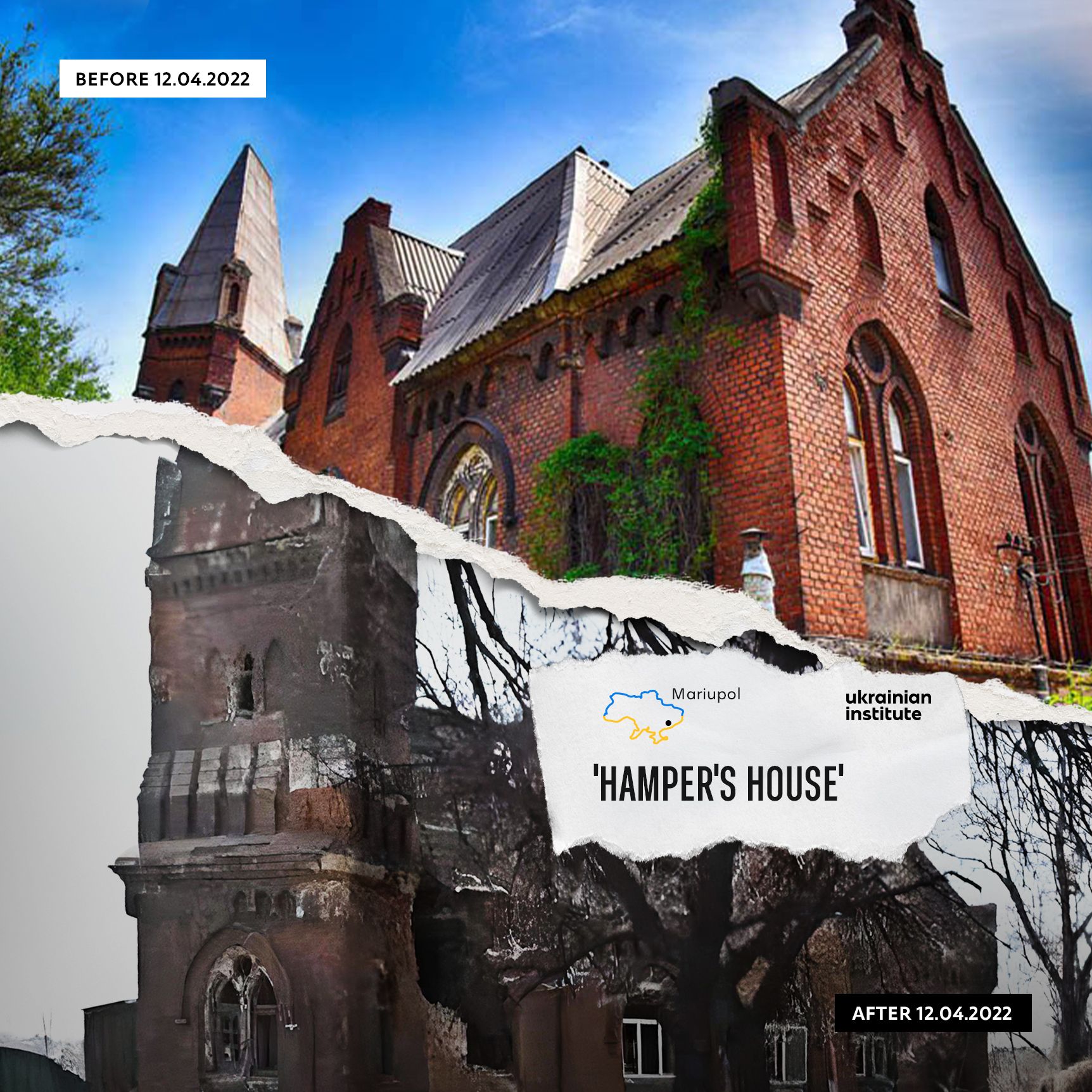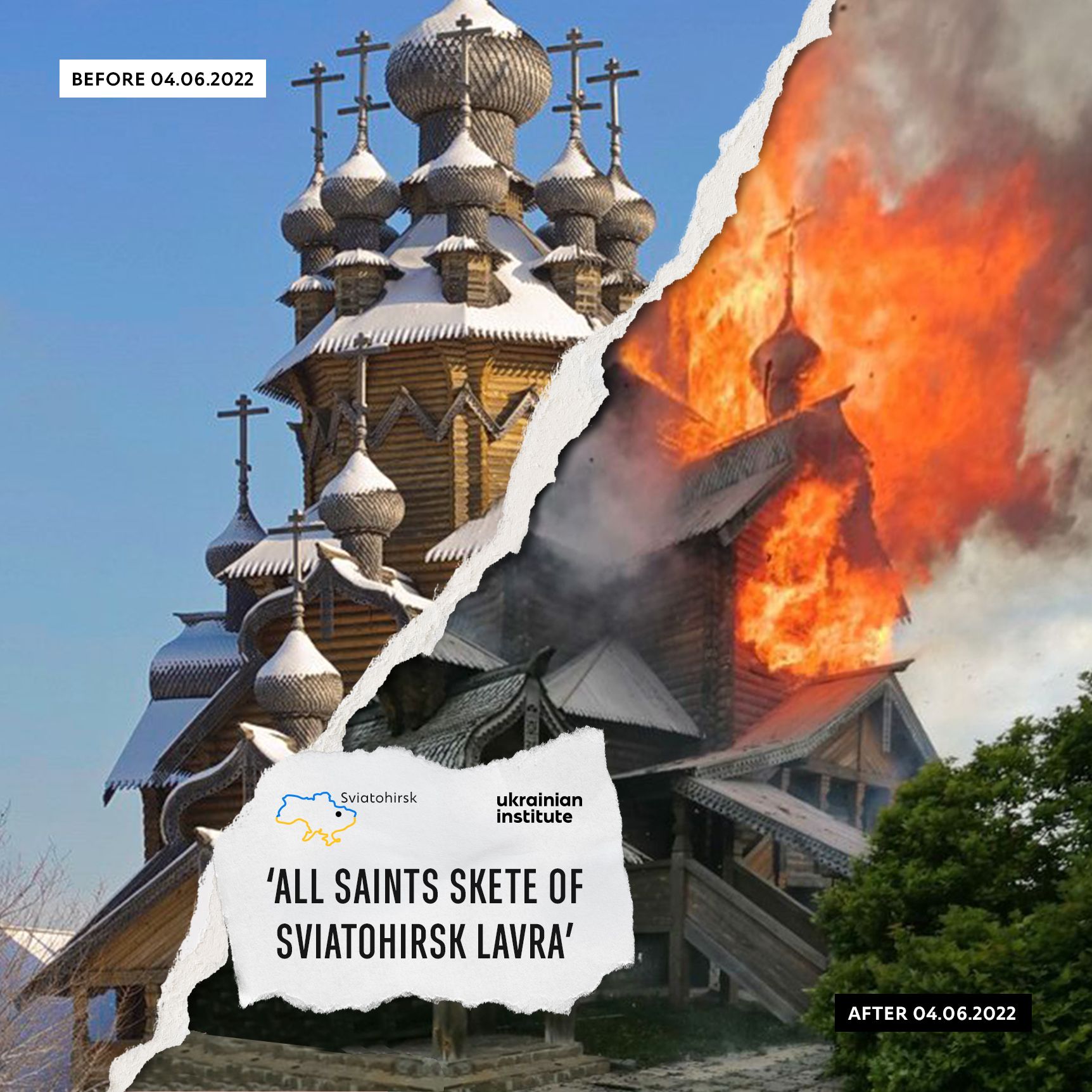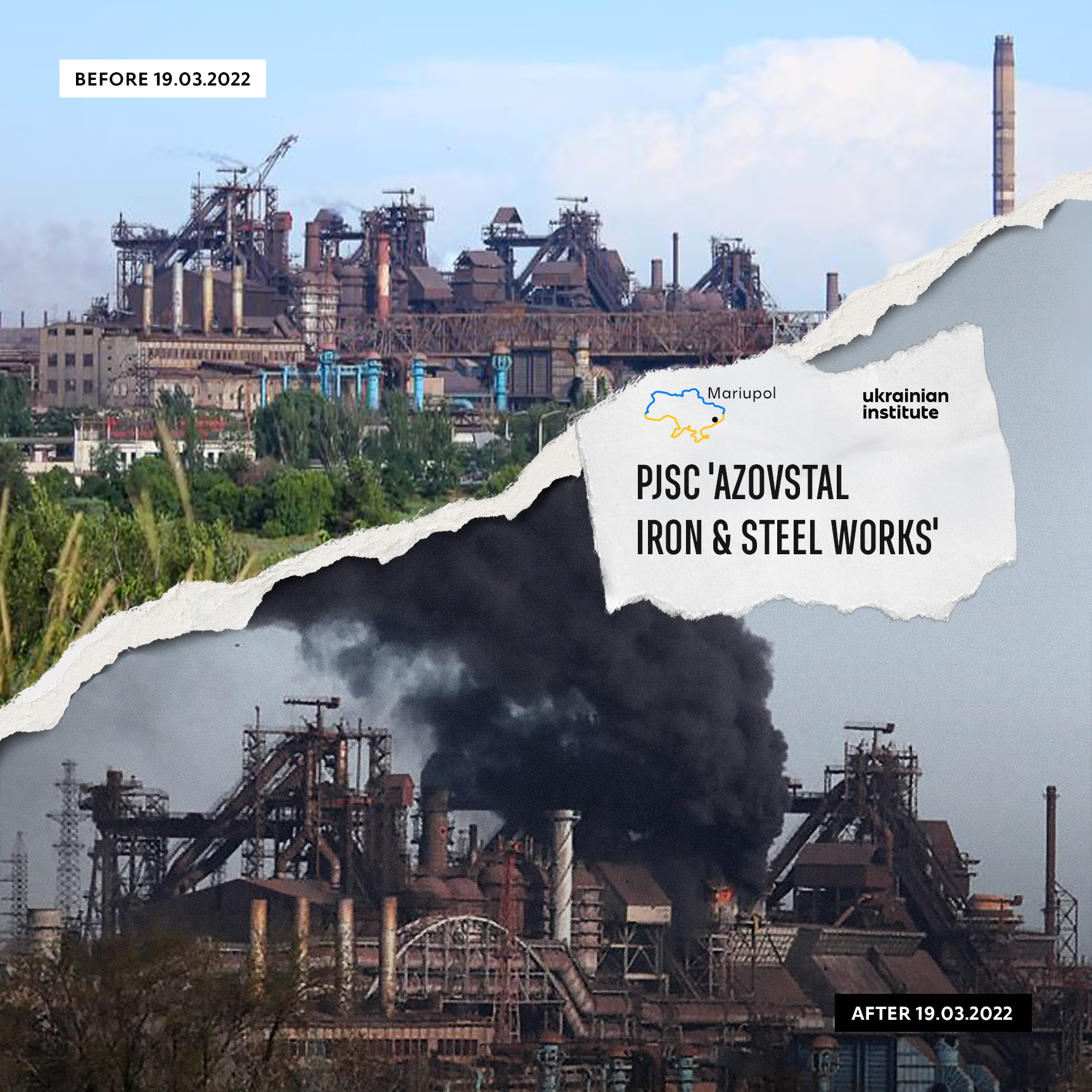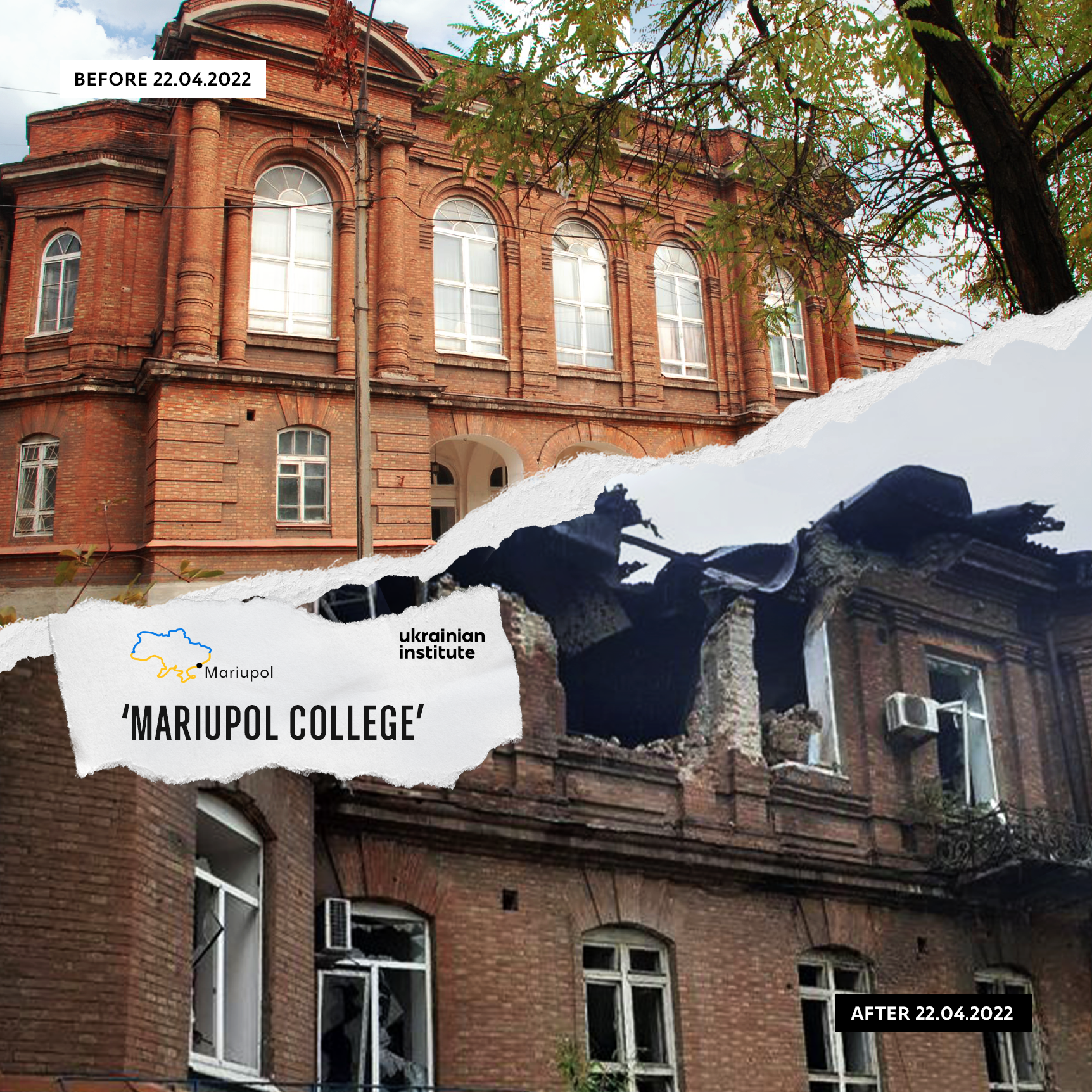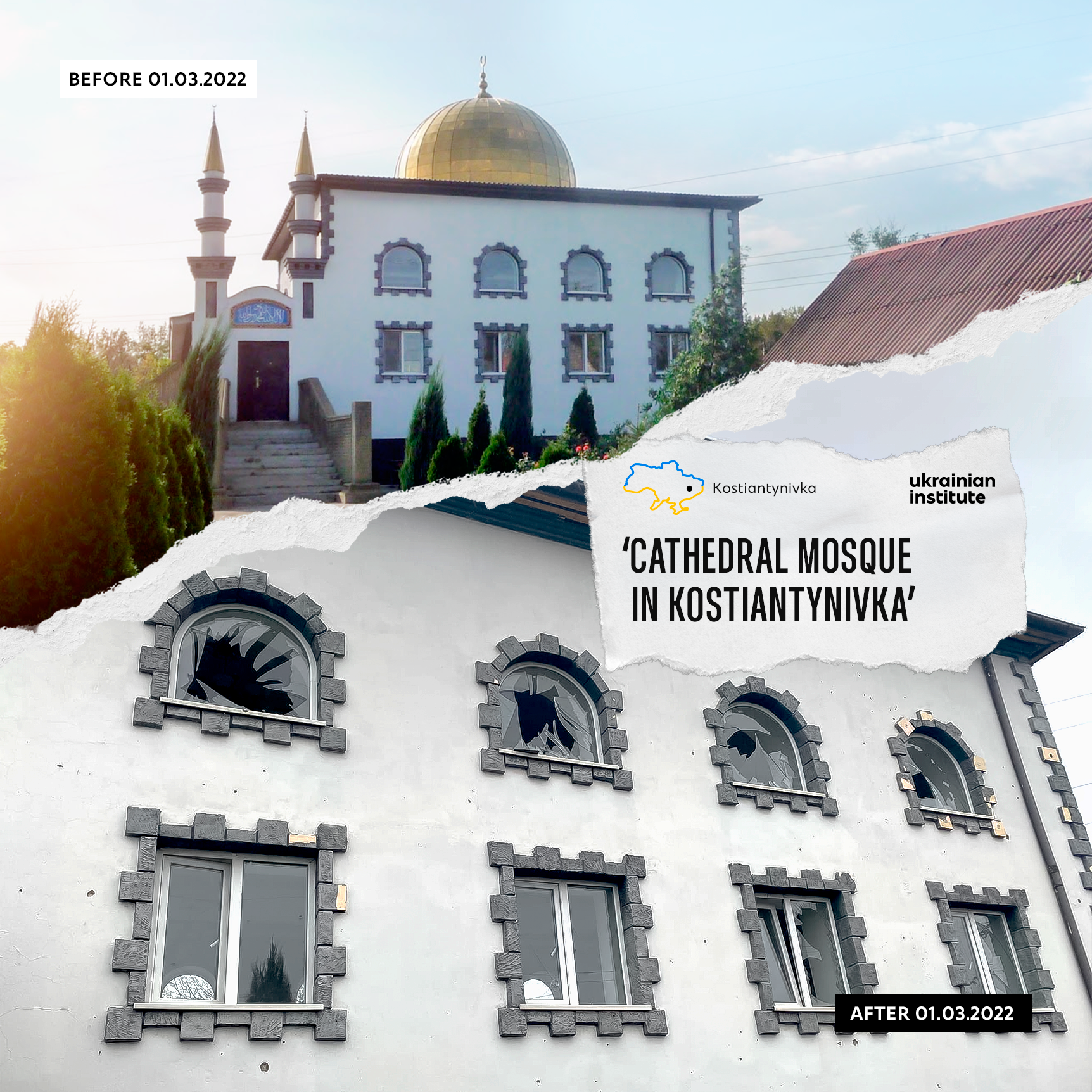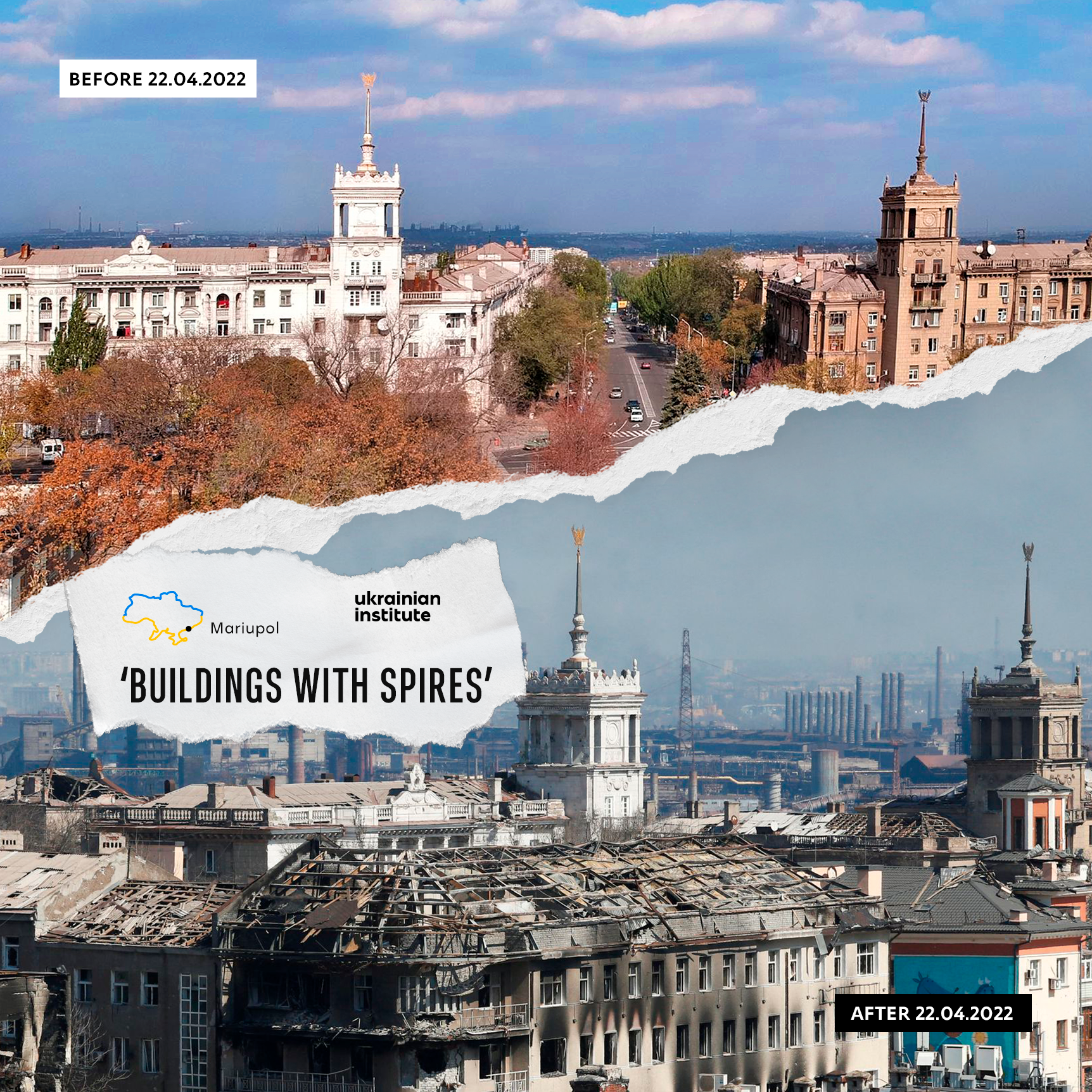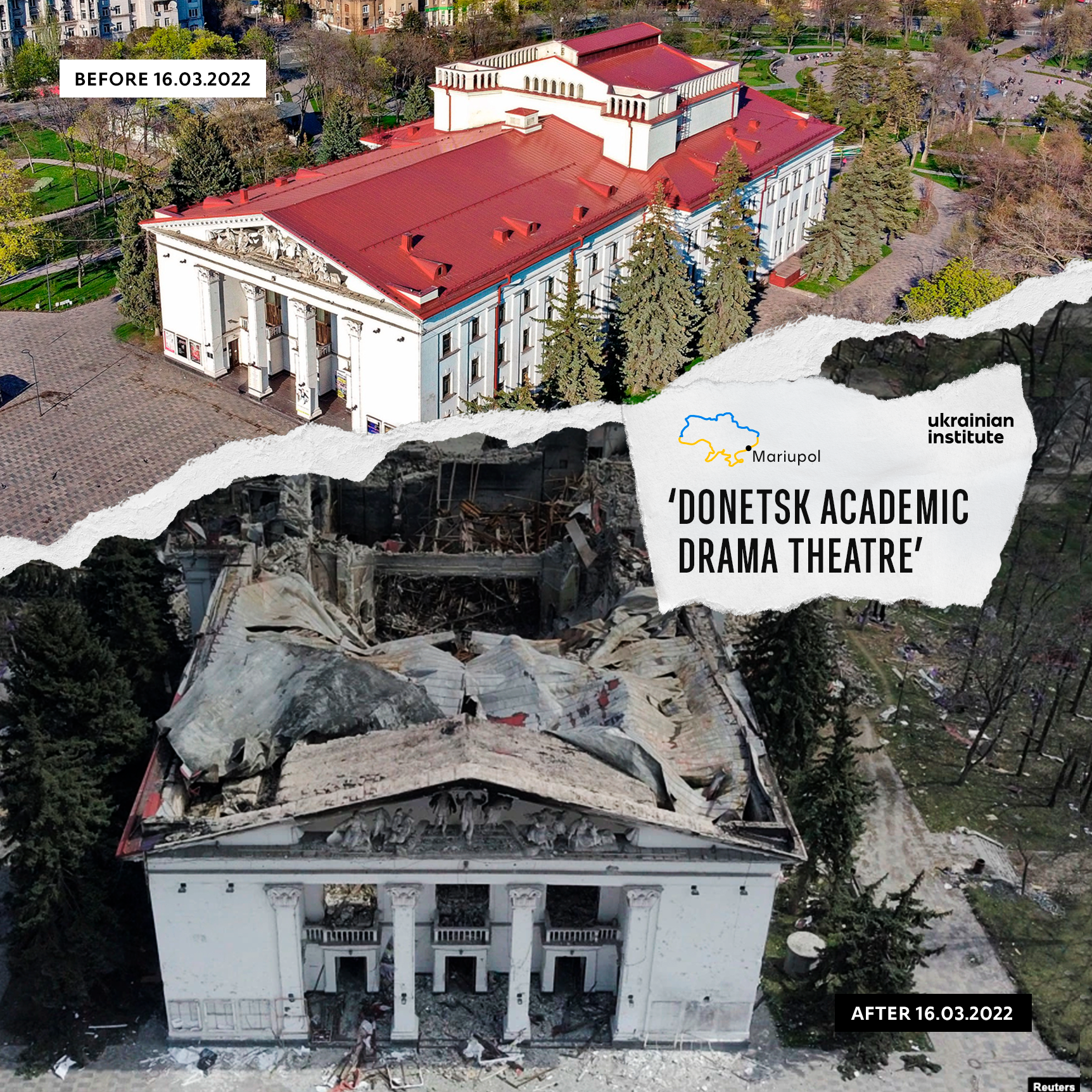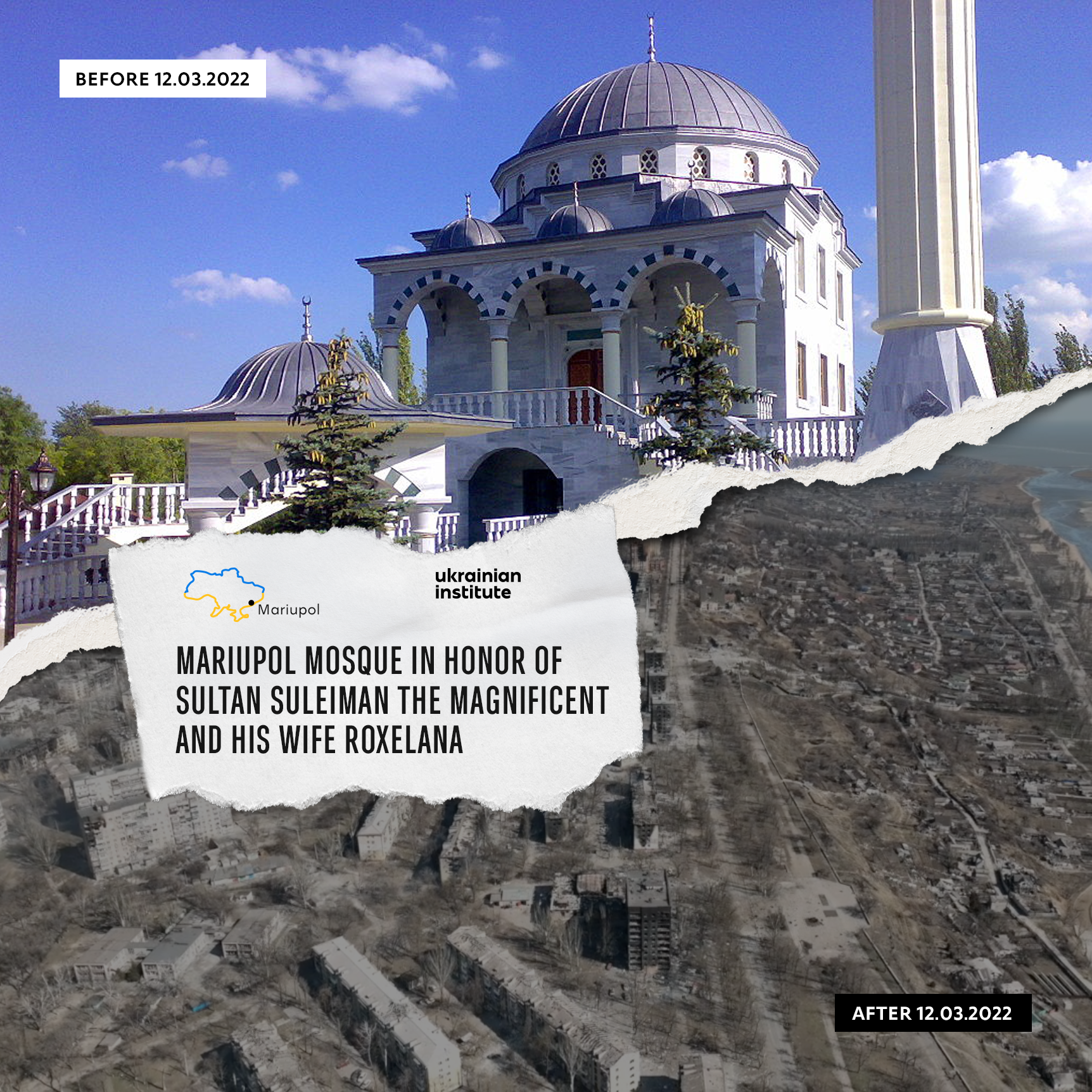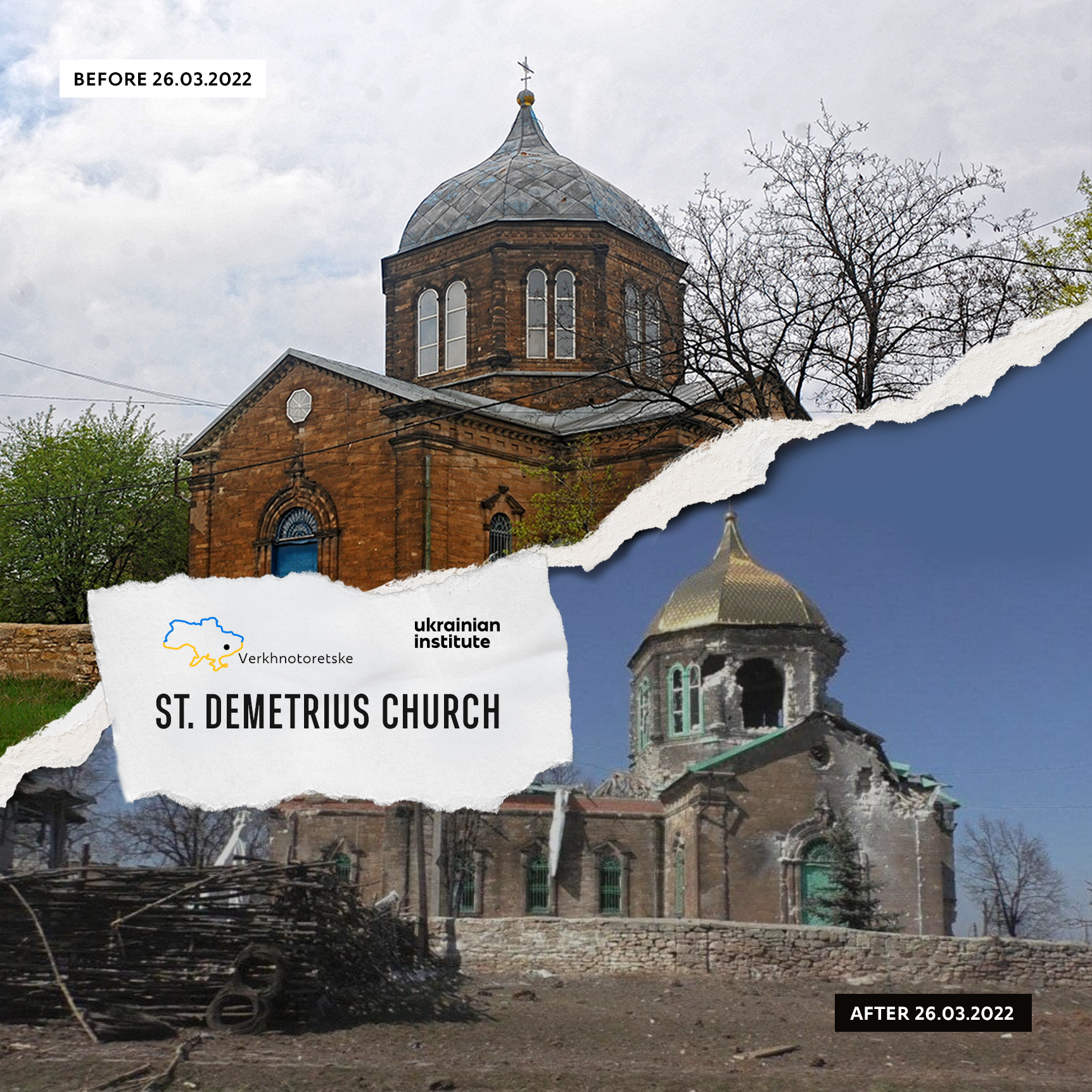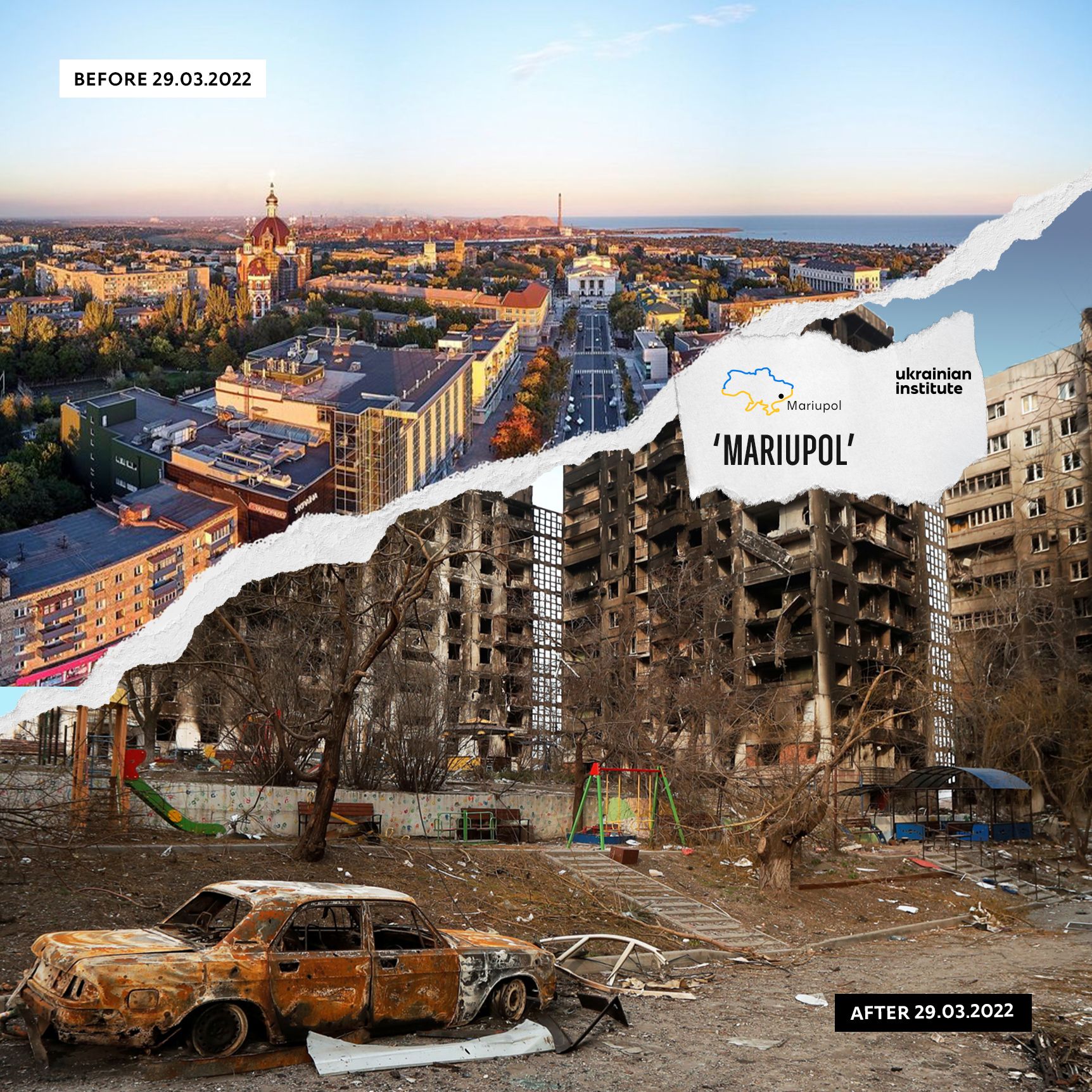
Formerly prospering trade and then a metallurgical centre of Ukraine that has become the symbol of the bloody Russian invasion of Ukraine and the genocide committed by the Russian army and government.
In the spring of 2022, the name of the Ukrainian city of Mariupol flew around the world. During Russia’s full-scale invasion of Ukraine, which began on February 24, 2022, the Russian army resorted to a so-called scorched earth strategy while attempting to take hold of the city. This meant that every building and all life was destroyed, block by block and one by one. This was how the world became aware of Mariupol, now a bombed, mutilated, almost extinct city.
However, prior to this devastating invasion, Mariupol had a completely different appearance as well as a rich and ancient history. Ukrainian Cossack warriors founded the city in the 16th century as a guard post on the Kalmius River’s banks. The so-called Kalmius Palanka (a Cossack territorial unit) became the most populated and developed land in the Northern Azov. The fortress protected the region from the raids of Tatars from the Crimean Khanate and the Nogai Horde.
In 1778, the town of Pavlovsk was founded in the vicinity of the fortress. This development was probably related to the ban on Cossacks in the Russian Empire in 1775. The year 1778 is considered Mariupol’s official founding date. The name of Mariupol, which the city bears after 1780, means ‘the city of Mary.’
In the very same year of 1778, the Greeks, Armenians, Georgians, and Wallachians who had been deported from Crimea by the imperial government were forced to move here. As a consequence, the city grew rapidly.
Mariupol was a multinational city. Apart from the Greeks deported from the Crimean peninsula, there were also Jews, Italians, and German Mennonites looking for a life without military and tax obligations. All of them were mainly engaged in trade due to the city’s location by the Azov Sea and at the Kalmius River mouth. There were up to 20 fishing enterprises functioning along the coast and in the city’s neighbourhood.
In the early 19th century, Mariupol began to export products overseas. International trade gave impetus to the city’s infrastructure development. In the 19th century, the city garden was planted, a public bath was opened, streets and squares were paved, and kerosene lanterns were installed in the streets to provide light at night.
Thanks to global industrialization, the city was chosen as the site for several metallurgical plants. The first of them were built by Belgians and Americans. 1897 is considered the founding year of the ‘Russian Providence‘ and ‘Nikopol-Mariupol Mining and Metallurgical Society‘ plants, the first of them being built by the Belgians and the second one by the Americans. As for the latter, the construction was supervised by the American engineer Julian Kennedy, so the plant was modelled on the high-tech American enterprises of the time. Since then, Mariupol has turned into the metallurgical centre of Ukraine’s South.
In 1917, the Bolsheviks captured Mariupol. They merged the ‘Nikopol Mariupolskyi‘ and ‘Russian Providence‘ plants into the one named after Iliich (referring to the Russian Bolshevik Revolution’s leader Vladimir Lenin). Meanwhile, the Azovstal plant produced its first cast iron in 1933. By the 21st century, these plants had become the largest and most potent in Ukraine.
During World War II, the city fell under German occupation. After the de-occupation, the Soviet authorities renamed it Zhdanov in 1948 in honour of the Soviet party head Andrei Zhdanov. In particular, he was known as the leader of the campaign aiming to strengthen the Communist party’s control over cultural life in the USSR.
However, at the end of the Soviet era, in 1989, when the USSR was already falling apart at the seams, the locals decided to return the city’s historical name. In the same year, monuments to Zhdanov were dismantled, and the museum dedicated to him was eventually closed. The city of Zhdanov remained in the past, and the city of Mary, Mariupol, was revived. During the years of Ukraine’s independence, it has turned into the national metallurgical capital. Mariupol, home to almost half a million residents, was recognized as the best city in Ukraine in terms of public welfare in 2002.
Despite the war and the revolution, the city managed to preserve a significant part of the pre-revolutionary buildings. Almost every such building was an architectural monument. Mariupol, which secures a land corridor between Russia and the Crimean Peninsula and is therefore of strategic value to Russia, was occupied for the first time during the Russian military invasion of Ukraine back in 2014. However, the Ukrainian defenders swiftly liberated the city. Mariupol expressed its clear and firm pro-Ukrainian position. It subsequently became the flourishing and investment-attractive administrative and cultural centre of Donbas after the occupation of Donetsk.
However, since the full-scale Russian invasion of Ukraine in 2022, Mariupol has been besieged by Russian troops on March 1. The Russians prevented the delivery of humanitarian aid to local citizens and illegally deported them to Russian-controlled territories.
Thereafter, the world community witnessed merciless acts of terrorism when the Russian bombs targeted the Mariupol Maternity Hospital No. 2. Many pregnant women, babies, and medical workers stayed there at the time. Later, the Russians hit Mariupol Drama Theatre, which became a mass grave for almost 600 civilians, and Mariupol Art School No. 12, where about 400 civilians were hiding from the Russian shelling. In the meantime, the whole world could see how heroically and selflessly Ukrainian warriors defended the Azovstal plant, which became a refuge for more than a thousand peaceful Mariupol residents and wounded Ukrainian soldiers. It was the last area in the city controlled by Ukraine as well. The entire world community demanded a ceasefire and the opening of a humanitarian green corridor leading out of the Russians’ siege.
However, the aggressor was in no hurry to react to these calls. Mariupol suffered catastrophic destruction: the Russian army killed tens of thousands of civilians in the city, and not a single building remained intact. In order to conceal the scale of their crimes, the Russian forces burned the bodies of the dead in mobile crematoria. Since the second half of May, when the last defenders of Mariupol fighting off from the Azovstal plant’s area laid down their arms by the Ukrainian command’s order, the city has been under Russian occupation.
Mariupol became a symbol of the bloody war and genocide, evidence of the Russians’ lack of respect for cultural heritage and even human life. Russian troops destroyed many architectural monuments, museums, theatres, educational institutions, parks, and hospitals. The bombed-out high-rise buildings gaze at the devastated city with their wounds burnt black, at the world that once used to be full of life and peace. The world that doesn’t exist anymore.
The city that once held memories has now turned into a memory itself.

